Guidelines for monitoring of phytoplankton species composition, abundance and biomass.

View/
Average rating
votes
Date
2023Corporate Author
HELCOM
Status
PublishedPages
21pp.
Metadata
Show full item recordAbstract
Phytoplankton primary producers constitute the basis of the pelagic food web and phytoplankton community
composition directly affects the nutrition, growth, reproduction and survival of different organisms (see
Hällfors & Uusitalo 2013 and references therein) as well as the biogeochemical cycles of the Baltic Sea
(Tamelander & Heiskanen 2004, Spilling & Lindström 2008).
In addition to providing data on the food web, phytoplankton monitoring provides essential information on
the consequences of eutrophication and climate change (Suikkanen et al. 2007, 2013, Hällfors et al. 2013a,
Kuosa et al. 2017). In the Baltic Sea, eutrophication has resulted in increases in summer phytoplankton
abundance and biomass (Carstensen & Heiskanen 2007, Fleming-Lehtinen et al. 2008, Jaanus et al. 2011) as
well as more frequent and intense blooms (Finni et al. 2001, Carstensen et al. 2007, Kahru and Elmgren 2014).
Also, the phytoplankton species composition has been observed to change with different.....
Publisher
HELCOMHelsinki, Finland
Document Language
enSustainable Development Goals (SDG)
14.aEssential Ocean Variables (EOV)
Phytoplankton biomass and diversityNutrients
Maturity Level
MatureSpatial Coverage
Baltic SeaCitation
HELCOM (2023) Guidelines for monitoring of phytoplankton species composition, abundance and biomass, Helsinki, Finland, HELCOM, 21pp. DOI: http://dx.doi.org/10.25607/OBP-1822.2URI
https://doi.org/10.25607/OBP-1822.2https://repository.oceanbestpractices.org/handle/11329/2027.2
Collections
 Repository of community practices in Ocean Research, Applications and Data/Information Management
Repository of community practices in Ocean Research, Applications and Data/Information Management